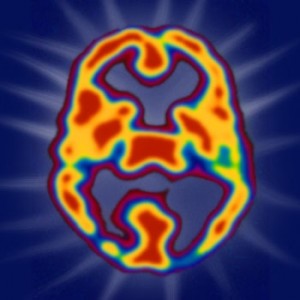 This is the time we either will settle down as a species or completely wreck the planet. We will have to evolve a better world order than the one we have now, which I like to call our Star Wars Civilization. I mean, we have stone-age emotions, medieval institutions and godlike technology.
This is the time we either will settle down as a species or completely wreck the planet. We will have to evolve a better world order than the one we have now, which I like to call our Star Wars Civilization. I mean, we have stone-age emotions, medieval institutions and godlike technology.
E. O. Wilson
Whereas the conventional story writer aims for authenticity and truth, the mystic who writes strives for reality and transformation. Professor E. O. Wilson, while not a mystic, does seem to understand the limitations of the science-centered intellect and urges us to evolve. Barbara Ehrenreich, the author of Living With a Wild God, Nickel and Dimed and the essay “A Rationalist’s Mystical Moment” seems to urge humanity to awaken.
Although neither author (and both are prolific writers) actually has a plan on how the planet can be saved, like most of us they feel something must be done. It is this feeling that we are going to focus on in this essay. We are sorry to inform Professor Wilson that evolution, at least as conventionally understood, is not what’s needed and it would take too long anyway. What is needed is the ability to “feel” our connection to Simple Reality which we experienced more often in the past when we lived closer to, and in harmony with, nature.
Nevertheless, many of us still experience this connection to our inner wisdom, that inner paradoxical prompting that seems to whisper both, that something is wrong and that everything will be OK. This experience, labeled a mystical experience or a “peak experience” by psychologist Abraham Maslow is what Ehrenreich wrote about in her essay.
It happened in 1959 when she was 17. “It was a furious encounter with a living substance that was coming at me through all things at once, too vast and violent to hold on to, too heart-breakingly beautiful to let go of. It seemed to me that whether you start as a twig or a gorgeous tapestry, you will be recruited into the flame and more generic ‘living Presence.’ Others write of something more akin to my own experience, which was wordless and profoundly unsettling.”
Called epiphanies by the religious, the experience is universal, reported by people of all religious faiths and the “un-churched” as well. Ehrenreich quickly pointed out in her essay that she was a “hardcore atheist.” When a Christian has a peak experience, it is a good thing. The science-minded have a different “reaction.”
In the America of 1959, before the teachings of the Eastern mystics had been embraced by the hippie counterculture of the 60s, there was no supporting narrative that would encourage Ehrenreich to talk with anyone about what had happened. “I was left with only one explanation: I had had a mental breakdown, ultimately explainable as a matter of chemical imbalances, overloaded circuits or identifiable psychological forces.”
Notice how the atheist is left with no recourse beyond science in understanding her experience. This is where all of us are today without any larger and more profound context that would enable a deeper understanding of our identities and our experience. We might all be more inclined to talk about our peak experiences if we didn’t fear Maslow’s colleagues (science-minded psychiatrists) and also fear that our fellow zombies might want to clap us in the “boobie hatch.”
“Of course all such experiences can be seen as symptoms of one sort or another, and that is the way psychiatry has traditionally disposed of the mystically adept: The shaman was simply the local schizophrenic, Saint Teresa of Avila a clear hysteric. The Delphic oracles may have been inhaling intoxicants; all of the great Christian mystics showed clear signs of temporal lobe epilepsy. A recent paper from Harvard Medical School proposes that the revelations experienced by Abraham, Moses, Jesus and Paul can all be attributed to ‘primary or mood-disorder-associated psychotic disorders.’ I suspect we would have more reports of uncanny experiences from ordinary, rational people if it were not for the fear of being judged insane or at least unstable.”
Clearly, a conversation is needed among scientists regarding epiphanies comparable to the one occurring about quantum mechanics and the “God particle.” “But we also need a neuroscience bold enough to go beyond the observation that we are ‘wired’ for transcendent experiences; the real challenge is to figure out what happens when those wires connect. Is science ready to take on the search for the source of our most uncanny experiences?” No! But Simple Reality is.
_____________________________________________
References and notes are available for this essay.
Find a much more in-depth discussion in the Simple Reality Trilogy
by Roy Charles Henry:
Where Am I? Story – The First Great Question
Who Am I? Identity – The Second Great Question
Why Am I Here? Behavior – The Third Great Question


